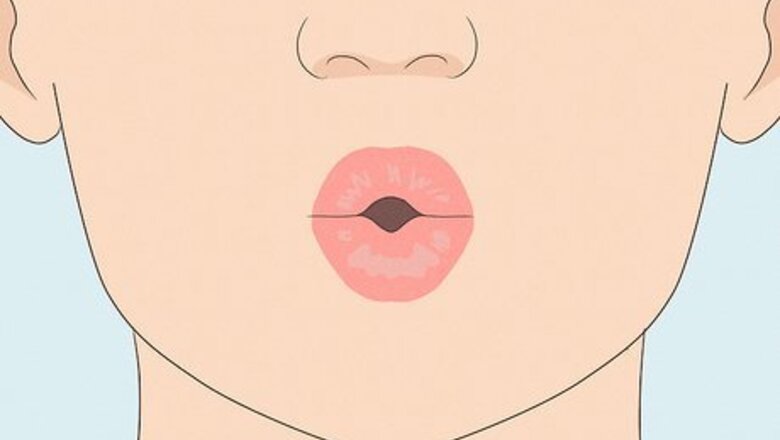
views
X
Research source
Since the "r" sound is so important in the English language, learning to say it correctly can help prevent other speech problems.
Producing the R Sound
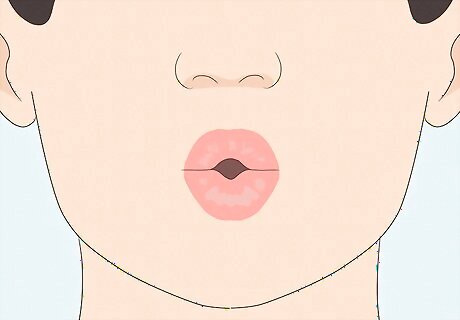
Purse your lips. Because the lips have to make a rounded, small "o" shape to properly execute the "r," This is a very important step in reciting the "r" sound, which cannot be executed unless the mouth is in an oval shape. To assist another person in learning the "r" sound, encourage them to look at you as you form it correctly by forming a small "o" with your lips.
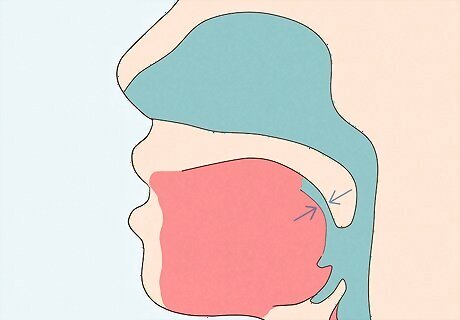
Constrict the pharynx. This is a motion that most people do without realizing it, so it can be a bit of a learning curve to recognize where these muscles are and how to move them. To practice constricting the pharynx, gargle water while saying "ah." Your pharynx will constrict in the same place that it must constrict to say the "r" sound. Another way to learn how to constrict the pharynx involves gently biting both edges of the tongue with the molars and pressing up with the tongue onto the top molars. Say "eee" while doing this motion with the tongue; this is what it feels like when the pharynx constricts.
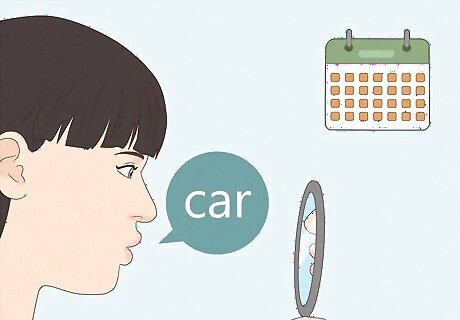
Practice "car" daily. Words that end in "r" are easier to produce than words that begin with it or contain it in the middle, so start with a word like "car." Practice it every day, even if you are not getting the sound correctly. If you have a friend or partner who can help you daily, ask them to say the word to you and you say it back to them as you watch in a mirror, so you can watch their sound production and compare it to your own.
Understanding How to Articulate the R
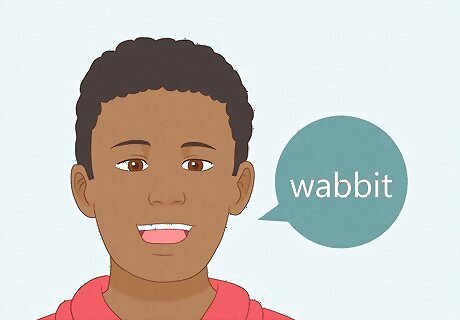
Understand that the "r" is not a simple sound to learn. It is considered one of the hardest English language sounds to articulate, and it is typically the last sound that native English speakers master as children. Most toddlers begin saying the sound like a "w" instead of an "r," as in "wabbit." This can continue for several years and usually self-corrects without intervention. The proper pronunciation of the "r" sound before the age of 6 or 7 is typically not a concern. If it's not accompanied by other speech problems or by social anxiety, its often best to let it resolve on its own. Age and intelligibility can be a clue as to whether or not a child needs intervention for language skills. If a 3-year-old is not intelligible to strangers at all, that can signal a problem; however, a kindergartner who is intelligible but still struggles with the "r" is probably in the range of normal. By second grade, a child should be able to pronounce the "r" sound.
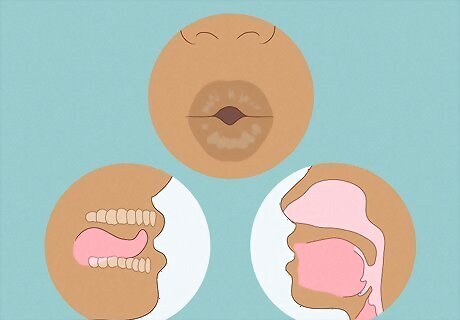
Know the parts of the mouth involved in producing the "r" sound. There are three major parts of the mouth that have to constrict and work together to properly produce an "r" sound, and these include: The lips: To understand how the lips function when saying the "r" sound, ask someone who can pronounce it properly to say the word "rabbit." What does their mouth do when they say the "r" part of the word? If they're forming it correctly, their mouth makes a small circle. The rounded lips are the first component of a proper "r" pronunciation. The tongue: If you are unable to make the "r" sound, you may have no idea what a tongue should be doing while properly pronouncing the "r." In fact, the tongue makes a small mound or hump in the mouth, and sound waves travel over that mound to properly execute the sound. The pharynx: The pharynx is another word for the throat, and the part of the pharynx that is associated with the "r" sound is at the very top of the throat. In order to make the "r" sound, the pharynx has to constrict or tighten.
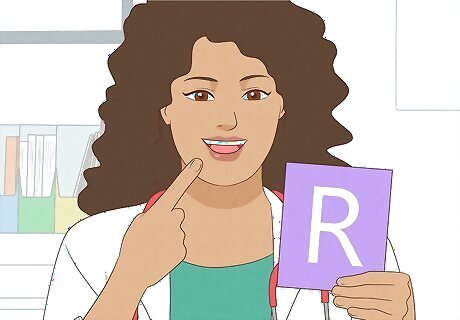
See a speech-language pathologist. If you or your child struggles to produce the "r" and the issue does not seem to be resolving itself, intervention from a SLP can help to avoid further speech problems as well as issues with bullying, self-confidence, and even spelling problems that can result from not being able to say the "r" sound properly. An SLP will conduct a thorough evaluation of all elements of you or your child's speech, including your muscle control, articulation, eating habits, and receptive skills (that is, how well you or your child understands spoken language).
Troubleshooting the R Sound

Strengthen your pharynx. If you are struggling to constrict your pharynx to properly say the "r" sound, you may have a weak pharynx that needs exercise! One way to strengthen it is to gargle water every day. Try to articulate the sound "ah" while you gargle the water in the back of your throat; this is a similar motion to what you need to do when you are saying the "r" sound.
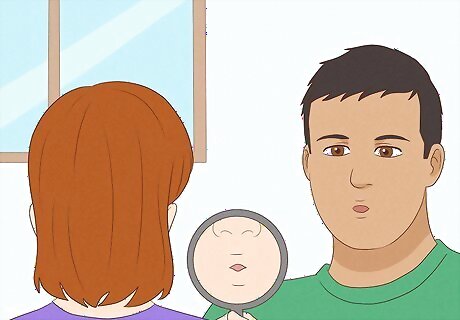
Differentiate sounds by watching your face. If you are struggling to differentiate between the "r" and similar sounds ("l" is a frequent culprit), you need to enlist a buddy who can model the sounds while you watch in a mirror. Watch your friend's face as he properly executes the different sounds, then watch your own face as you attempt to execute the sounds. Look to see how your lips' position moves with each sound.
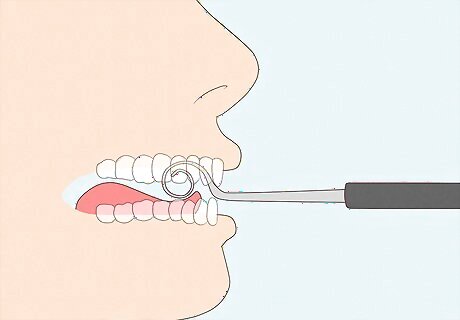
Consider a speech positioning device. Since the tongue is behind the barrier of the teeth and can't be seen while trying to properly position it, some severe cases that involve incorrect positioning of the tongue may require the use of a tactile cue to help a person learn how the tongue must move to produce the correct sound. A speech-language pathologist can help you to determine if a positioning device is right for you. Examples of these positioning devices are available from the Speech Buddy manufacturer at www.speechbuddy.com.













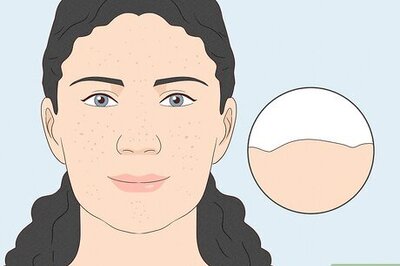






Comments
0 comment